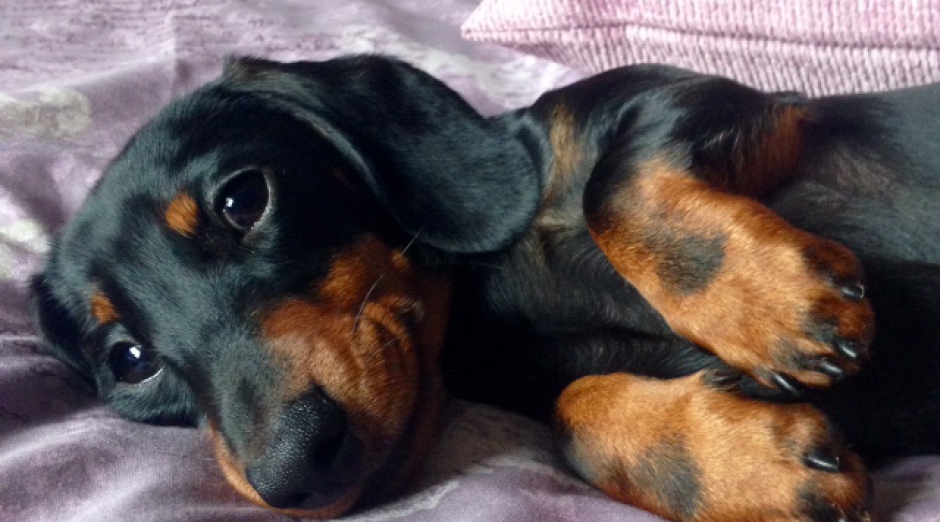
Urinary Tract Infections
There is a risk of dogs developing a urinary tract infection (UTI) after surgery. This has been reported to be as high as 38% of dogs within 6 weeks of surgery (*).
Your vet will almost certainly have given your dog an antibiotic before it had surgery and you should discuss how best to avoid UTIs during rehabilitation. Dogs with higher grades of spinal damage and those that take longer to recover movement after surgery are more at risk of developing a UTI.
How quickly your dog recovers control of its bladder after surgery will be one of the factors in determining when it can come home.
Once your dog is home, ensure it has a good supply of fresh water and drinks regularly. You also need to ensure your dog urinates regularly and if you need to learn how to express its bladder manually there's a video showing how to do this.
Signs that your dog may have a UTI include foul-smelling urine, blood in the urine, or the dog appearing to be in pain when urinating. Talk to your vet if you are worried that your dog is showing these symptoms. An analysis of your dog's urine will help the vet identify which specific antibiotic may be needed. Further antibiotic treatments may need to be prescribed until the infection has been cleared up.
* Perioperative Cefovecin to Reduce the Incidence of Urinary Tract Infection in Dogs Undergoing Hemilaminectomy JAAHA 2016
Urinary Tract Infections in dogs after IVDD surgery 2010
Prevalence and characterisation of UTIs in dogs undergoing IVDE surgery 2006

